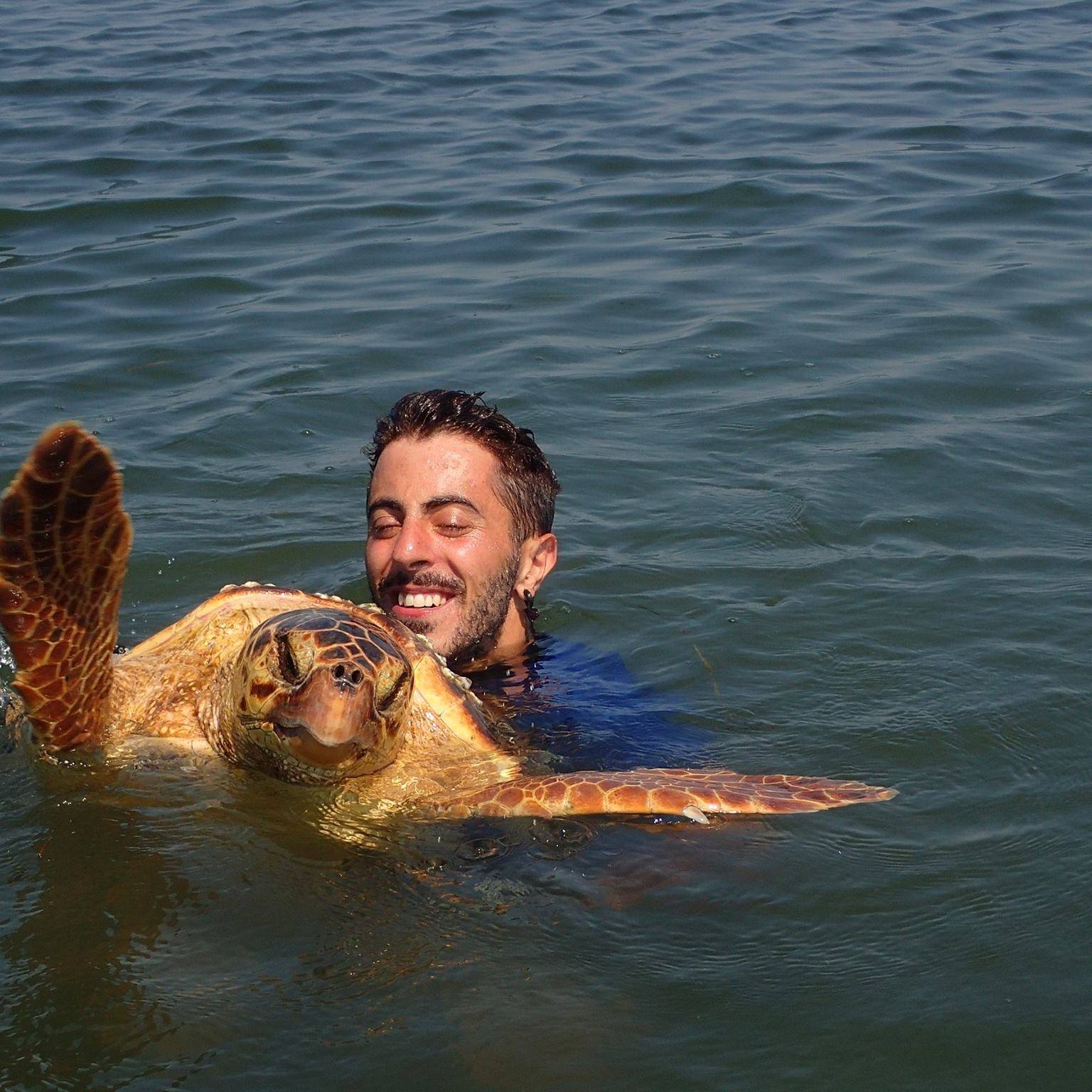Interaction Between Age and Individual Heterogeneity Shapes Breeding Probability in a Long-Lived Marine Ectotherm
Published in Ecology and Evolution, 2025
Abstract: In iteroparous species, reproductive skipping is generally considered an adaptive strategy. Non-breeding individuals should have a greater annual survival probability and retain greater future reproductive potential. Yet, the role of age on changes in breeding probability remains untested in many long-lived testudines. To bridge this knowledge gap, we leveraged a 52-year dataset on captive green turtles, an ancient lineage of marine ectotherms. Sea turtles serve as an interesting model system because they exhibit a reproductive strategy characterized by delayed maturity followed by intense reproductive bursts. Using a multi-event capture-mark-recapture framework, our results reveal that individual quality and age were the primary drivers of reproductive patterns. High-quality turtles were more likely to remain breeders in consecutive years, and low-quality turtles were more likely to remain non-breeders, an effect that became more dramatic at older ages. Furthermore, there was an antagonistic relationship between age and breeding experience on the waiting time between breeding seasons. At the population level, we found evidence of actuarial [survival] senescence but negligible reproductive senescence, with females maintaining a high residual reproductive value into old age. Collectively, our findings demonstrate the role of lifelong individual differences in shaping life histories, a fact that has been historically overlooked in long-lived marine vertebrates like sea turtles, largely due to the immense logistical challenge of monitoring individuals over timespans that may equal a single academic career.
Authors: C. George Glen, Jean-Dominique Lebreton, Walter Mustin, and Karen A. Bjorndal
DOI: 10.1002/ece3.72430
Link to paper here
